U of A Faculty
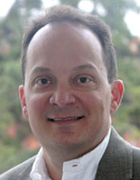
Dr. Jonathan Veinot
Dr. Veinot is the Program Director of ATUMS. His Group's core research interests lie in the development of methods for preparing and modifying, as well as exploring the properties and applications of advanced nanomaterials (NMs), optoelectronic polymers, and NM/polymer hybrids. In addition to this core research effort, he and his team have been invited to participate in, and supply custom NMs for numerous international efforts that study NMs in the environment, NM toxicity, and NM detection in complex matrices.
Research group website: www.chem.ualberta.ca/~jveinot/
Email: jveinot@ualberta.ca
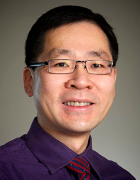
Dr. Arthur Mar
The Mar Group research interests focus on the synthesis, characterization, and applications of inorganic solid-state materials. Their work straddles the traditional boundaries in chemistry (inorganic, physical) and science (crystallography, condensed matter physics, materials science). Their motivations are to discover fundamentally new structures and reactivities of the elements, and to develop applications of the resulting compounds by exploiting their electrical and magnetic properties.
Research group website: http://xray.chem.ualberta.ca/mar/
Email: arthur.mar@ualberta.ca
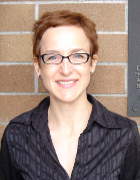
Dr. Jillian Buriak
The Buriak Group has a strong interest in using earth-abundant nanomaterials for photovoltaics (PV) and solar-driven water splitting. It has also patented technologies for flexible transparent electrodes based upon plastic substrates for future applications in PV and lighting. Their ongoing research is focused on the integration of these earth abundant nanomaterials with low band gap polymers and self-assembling block copolymers for PV and other energy-related applications.
Research group website: http://buriak.chem.ualberta.ca
Email: jburiak@ualberta.ca
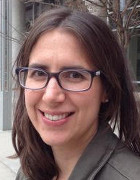
Dr. Juli Gibbs
Research in the Gibbs Laboratories focuses on tuning the behavior of hybrid biomaterials for sensing applications and utilizing ultrafast nonlinear optical spectroscopy to study material interfaces relevant to energy and the environment.
Research group website: https://gibbslabblog.wordpress.com/
Email: julianne.gibbs@ualberta.ca

Dr. Al Meldrum
Al Meldrum's research Group focuses its efforts on the development, understanding and application of microfluidic optical sensors. These devices utilize the photoluminescence of quantum dots and polymers to detect biomolecules and dangerous substances such as toxic or explosive gases. By combining hybrid materials synthesis and characterization techniques from both physics and chemistry, they will be developing highly sensitive and versatile device structures.
Research group website: https://www.ualberta.ca/~ameldrum/Home.html
Email: ameldrum@ualberta.ca

Dr. Frank Hegmann
The Hegmann group studies ultrafast carrier dynamics and transport in nanomaterials using time-resolved terahertz pulse spectroscopy, transient absorption spectroscopy, ultrafast time-resolved photoluminescence, and ultrafast nanoprobes such as terahertz scanning tunneling microscopy (THz-STM). His other research interests include ultrafast imaging, terahertz nonlinear dynamics, and biomedical applications of intense terahertz pulses.
Email: hegmann@ualberta.ca
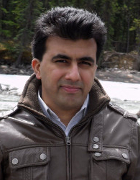
Dr. Karthik Shankar
The Shankar Research Group synthesizes metal oxide nanowire and nanotube arrays for use in solar cells, photocatalysts and sensors. They also perform light emission (electroluminescence, time-resolved photoluminescence) and charge transport measurements (carrier mobility, carrier lifetime, carrier trapping, exciton diffusion length) both in the nanostructures synthesized by us, and in thin films cast from new molecules and quantum dots synthesized by collaborators. The Shankar group obtained world-leading performance in the vapor-phase photocatalytic reduction of CO2 using bimetallic nanoparticle-decorated periodically modulated titanium dioxide nanotube arrays.
Research group website: https://www.ualberta.ca/engineering/faculty/karthik-shankar
Email: kshankar@ualberta.ca
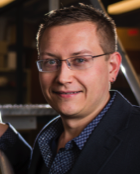
Dr. Vladimir Michaelis
The Michaelis Group has a profound curiosity in understanding the structural building blocks that give rise to solids and their far-reaching potential for materials science. The research interests are focused on three primary themes: health, energy and NMR development. Specifically, we are currently unraveling the structural components that give bioglass-ceramics and ion-delivery porous materials their unique behaviours as bioactive biomaterials. Our energy division is using advanced NMR techniques to understand reactive metal centres in heterogeneous catalytic zeolites and to further explore photovoltaic materials for applications as solar cells and optoelectronic materials.
Research group website: http://michaelis.chem.ualberta.ca
Email: vladimir.michaelis@ualberta.ca